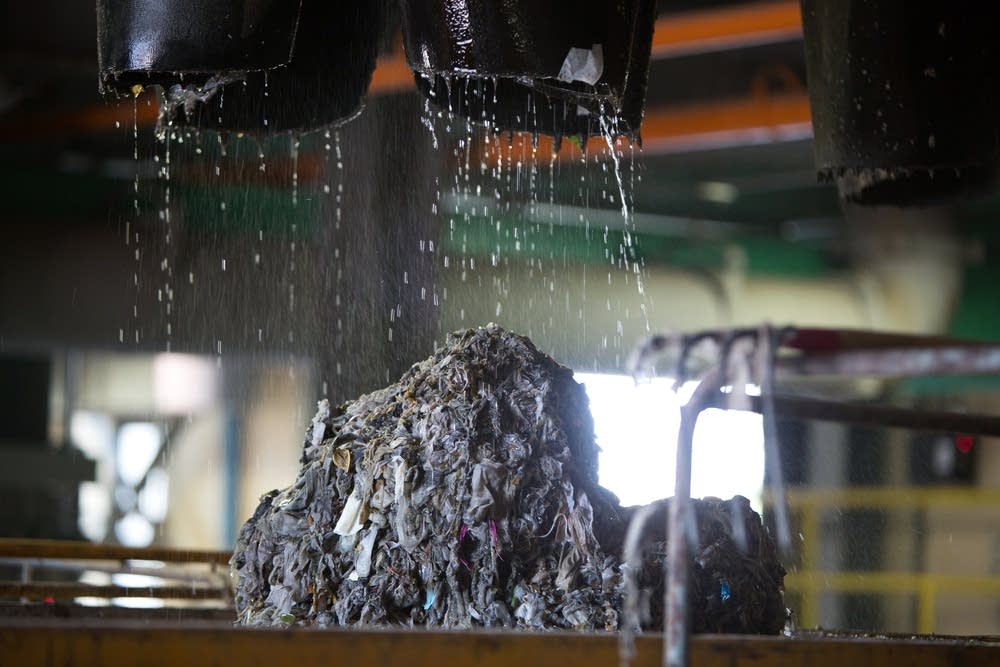|
Here’s an interesting question – once water ends up in the wastewater plant, what next? Most of the time, the water is cleaned up and discharged back to the environment. Fresh water is taken from the environment for the next use. Each time the water is used, it’s changed… made dirty and cleaned again, heated and then cooled, contaminated and then disinfected. What would happen if the used water is just… reused? What could it be used for? Are there uses for treated wastewater that will provide economic benefit? That’s what’s happening in Mankato, Minnesota. In a story on Minnesota Public Radio four years ago (Aug 5, 2014), environmental reporter Elizabeth Dunbar took a look at the south-central Minnesota city of Mankato, and how their treated wastewater is being used as cooling water in a then-new power plant. Reuse of both wastewater and stormwater for irrigation is growing in use in Minnesota as well – this recent report from the Minnesota Department of Health not only documents current projects but recommends criteria for reuse and how to identify and manage human risk. There is a large section of this report that provides benchmarking with other states’ rules. It is an excellent resource for those looking for resources for projects like this. A new project now being considered in the Twin Cities would use treated wastewater in a new ethanol plant using garbage as the feed stock for ethanol production. Corn is the most common feed stock for ethanol; according to an article in Scientific American, about 40% of the corn grown in the Midwest goes to ethanol production.
The company proposing the garbage-to-ethanol project is the Canadian firm, Enerkem, in partnership with local firm SKB Environmental, expressed interest in using reclaimed water at its proposed waste-to-biofuel facility in Inver Grove Heights. This innovative project uses a ready resource in the area, garbage, and will convert it to ethanol for use in automotive fuel. To do this, the plant also requires 1.6 million gallons of water PER DAY, which is a lot of water! They are considering using the water treated in the City of Farmington’s wastewater plant. Additional treatment would be needed, but by using this source they will eliminate the need for drilling wells or using surface water for this plant. This story from the St. Paul Pioneer Press provides a good overview of this project, and this more recent article from the Metropolitan Council gives more detail of the next steps of the project. We will follow this in our blog, follow us for more details as the project progresses. Many thanks to Britta Dornfeld, Outreach Assistant for the Coon Creek Watershed District in Blaine, Minnesota, for her initial research on this article!
1 Comment
|
| LWV Upper Mississippi River Region | UMRR blog |



 RSS Feed
RSS Feed